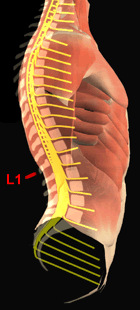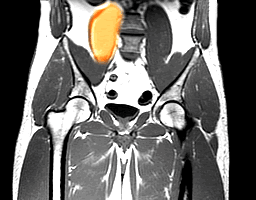|
||||||||
| Post-Radical Neck Dissection Pain | ||||||||
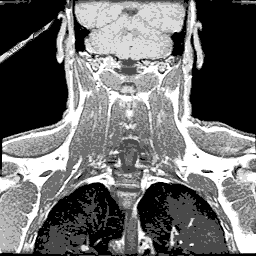 |
Pain Type : Neuropathic | |||||||
| Cause: Surgical Injury to Cervical Nerves | ||||||||
| Effects: Tightness Burning Sensation in are of Senory Loss | ||||||||
|
Clinical Signs: |
||||||||
| Diagnosis : Look for Recurrence of Local Disease with Deep Throbbing Pain | ||||||||
|
||||||||
| Post-Mastectomy Pain | ||||||||
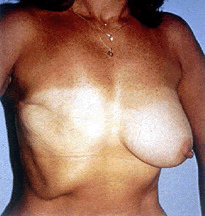 |
Pain Type : Neuropathic | |||||||
| Cause:
Interruption of the Intercostalbrachail Nerve May follow any Surgical Procedure |
||||||||
| Effects: Tight, Constricting, Burning Pain | ||||||||
|
Clinical
Signs: |
||||||||
Post-mastectomy pain occurs in the posterior arm, axilla, and anterior chest wall. It may follow any surgical procedure, even lumpectomy. The cause of the pain is interruption of the intercostobrachial nerve, a cutaneous sensory branch of T1-T2. The pain is characterized as a tight, constricting, burning pain in the posterior arm and axilla radiating across the anterior chest wall, with pain exacerbation on movement of the arm. |
||||||||
| Post-Thoracotomy Pain | ||||||||
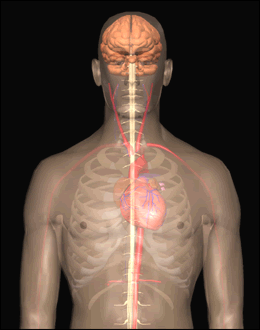 |
Pain Type: Neuropathic | |||||||
| Cause: Postsurgical Trauma to Neurovascular Bundle or Recurrent Tumor in Distribution of the Intercostal Nerve | ||||||||
| Effects: Constant Dull, Aching, Pressure-Like Sensation In Hip or Sacral Areas. Occasional Sensation of Burning. | ||||||||
| Diagnosis : Traumatic Neuromas are Uncommon | ||||||||
|
||||||||
| Post-Nephrectomy Pain | ||||||||
|
Pain Type: Neuropathic | |||||||
| Cause: Interruption of Fibers from L1, Surgical Incisions in the Flank | ||||||||
| Effects: Numbness, Fullness, and Heaviness in Flank, Anterior Abdomen, and Groin | ||||||||
| Associated Cancers: Prostate, Testicle, Rectum, Bladder, Cervix | ||||||||
| Diagnosis :CT | ||||||||
|
||||||||
| Post-Amputation Pain | ||||||||
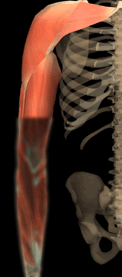 |
Pain Type: Neuropathic | |||||||
| Cause: Surgical Incision, Traumatic Neuroma | ||||||||
| Effects: Burning, Dysesthetic Sensation | ||||||||
|
Clinical
Signs: Phantom Sensation: After All Extermity Amputations, Same Site in Phantom Limb |
||||||||
|
Stump
Pain: Nerve Block by Injection of Local Anesthetic |
||||||||
|
||||||||
